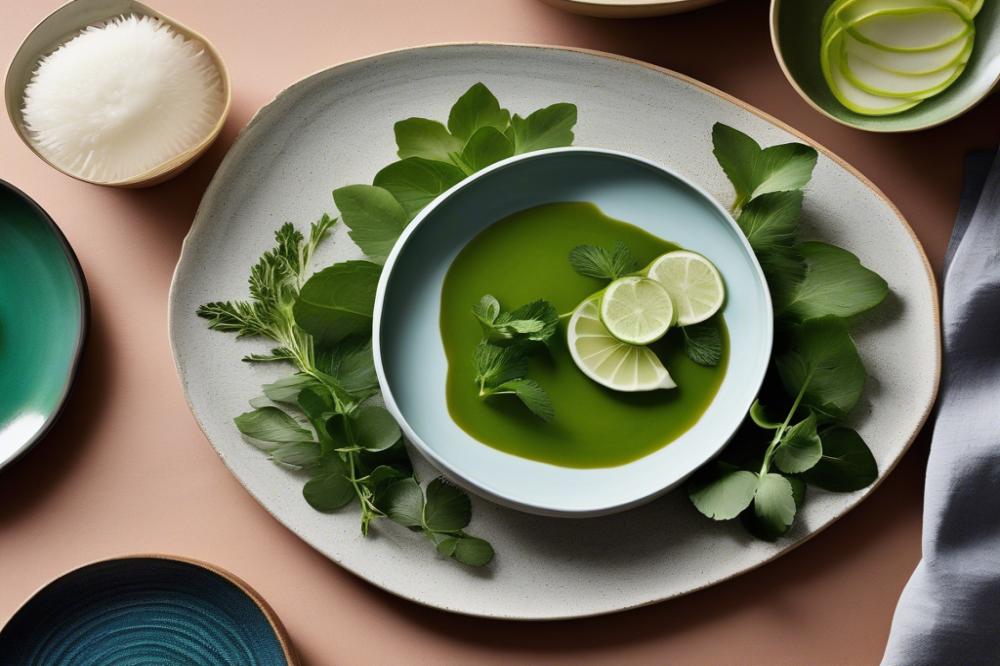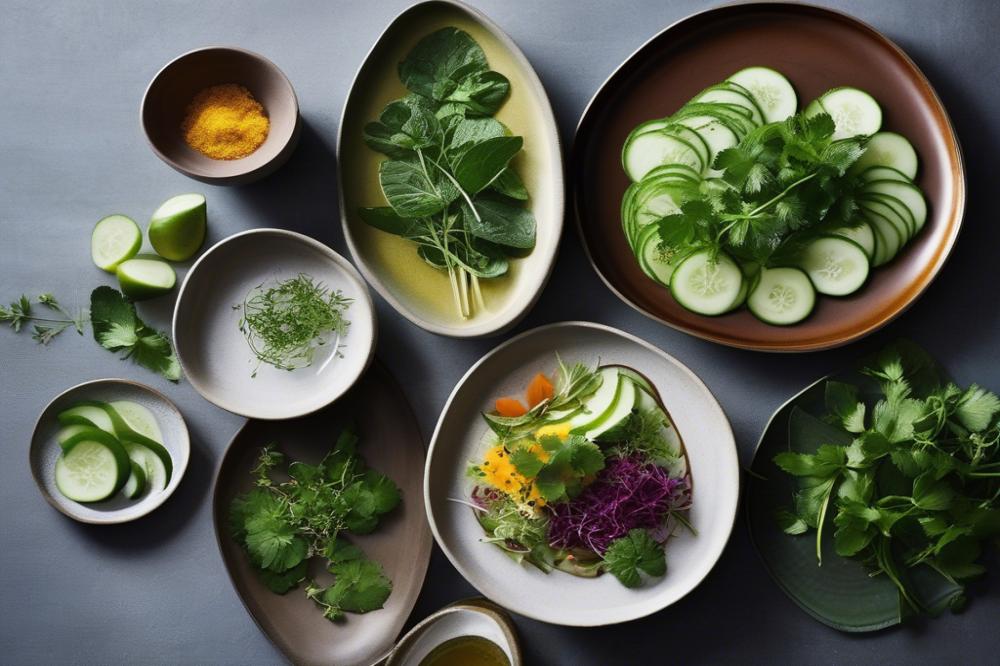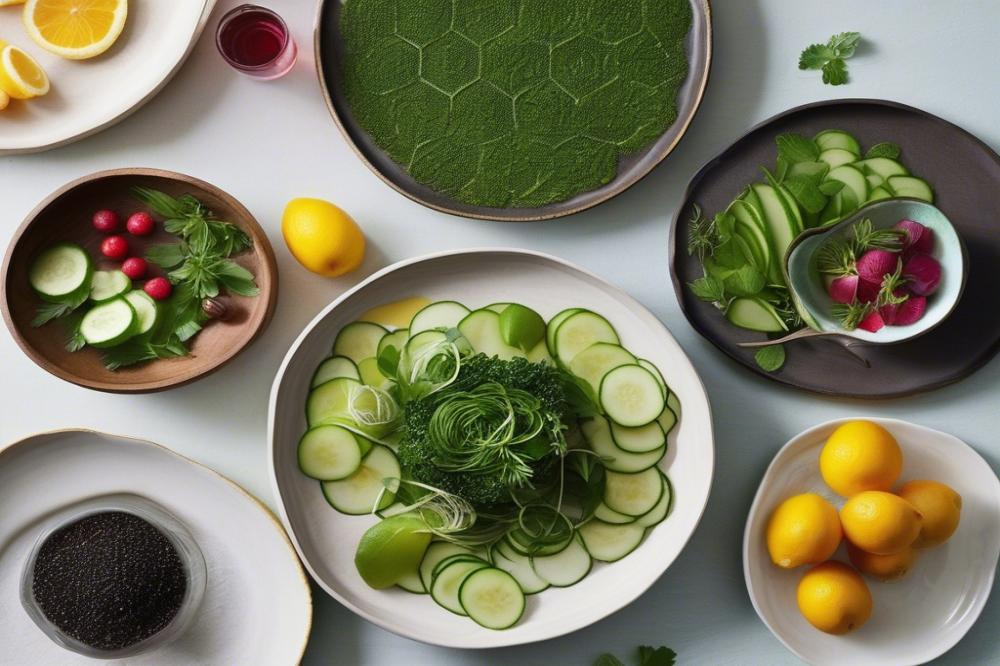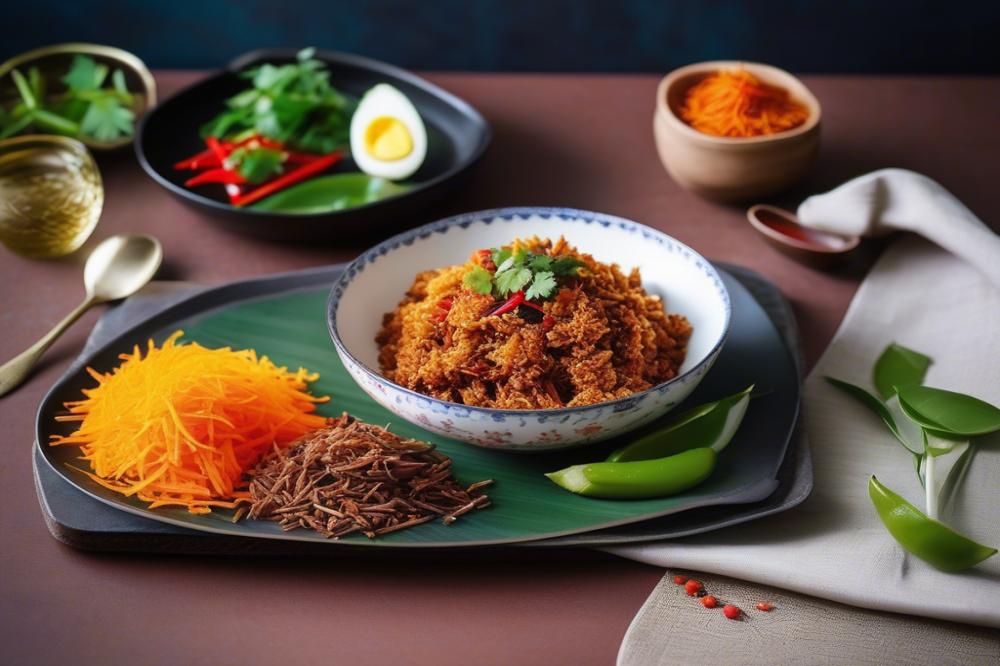spicy-and-sour-fish-stew”>Serunding recipe: spicy Malaysian Meat Floss
What is Serunding?
Serunding is a cherished traditional dish in Malaysia. This delightful preparation, also known as Malaysian Meat Floss, consists of shredded meat that has been cooked until it is both tender and flavorful. The use of beef or chicken lends a savory taste that captivates many. This dish’s cooking method involves spices and slow cooking, which enhances its unique flavor profile.
Significance in Malaysian Cuisine
In Malaysian cuisine, Serunding holds a special place. It is often enjoyed as a popular snack that can be served alongside rice or used as a filling in various meals. No festive gathering feels complete without a serving of this spicy delicacy. Families often share their recipes, ensuring that the method of preparation is passed down through generations.
Flavor Profile
The savory and spicy tones in Serunding come from a combination of rich spices. Each batch can differ slightly, based on personal preferences or regional variations. With its complex taste, this dish appeals not only to Malaysians but also to international food lovers. It stands out for its depth of flavor and texture, making it a remarkable addition to any dining experience.
Understanding Serunding


Definition and Background of Serunding
Serunding is a flavorful, spicy meat floss that hails from Malaysian cuisine. This traditional dish uses finely shredded meat cooked in spices and coconut. The end result is a savory, dry texture that is both rich in flavor and aroma. Historically, the recipe was developed as a method for meat preservation. By cooking the meat until it is dry and then mixing it with spices, it can be stored for longer periods. Many families have their own unique recipes, passed down through generations.
Variations of Serunding
Many variations exist to cater to different tastes. Beef is the most common choice, giving a hearty flavor profile. Chicken is also popular, offering a lighter yet equally delicious alternative. For those seeking vegetarian options, recipes use plant-based proteins or even mushrooms to achieve a similar texture. Each variation brings its own unique taste, making this dish versatile and appealing to many.
Cultural Significance and Occasions for Serving
Serunding holds a special place during festive occasions in Malaysia. It is often served during celebrations such as Hari Raya and weddings. This dish is not only a main attraction on the dining table but also a cherished gift to friends and family. When shared, it symbolizes warmth and togetherness. Spicy and satisfying, serunding is enjoyed as a snack on its own or as a flavorful topping for rice dishes. The cooking method reveals a deep connection to tradition and community values. People come together, sharing recipes and stories that enrich the culture surrounding this beloved dish.
Ingredients and Cooking Instructions


List of Ingredients for Beef and Chicken Versions
For this spicy recipe, you’ll need:
- 500g beef or chicken
- 2 cups grated coconut
- 2 tablespoons cooking oil
- 3 tablespoons chili paste
- 5 cloves garlic, minced
- 5 shallots, minced
- 1 tablespoon ginger, minced
- 2 stalks lemongrass, finely chopped
- 1 teaspoon turmeric powder
- Salt to taste
Cooking Instructions
Follow this step-by-step guide to prepare the meat. First, choose your protein—beef or chicken. Clean and cut it into chunks. Boil the meat in water until tender, which usually takes about 30 minutes. Once cooked, let it cool, then shred it into fine pieces. Set aside for later.
Next, prepare the spice mixture. Heat the cooking oil in a pan over medium heat. Add the minced garlic, shallots, ginger, and lemongrass. Sauté until fragrant. Incorporate the chili paste and turmeric powder into the mixture, stirring thoroughly. Season with salt according to your taste preferences.
Now, combine the shredded meat with the sautéed spice mixture. Mix these ingredients well. Slowly add the grated coconut into the mix. Stir until everything is coated evenly, ensuring the flavors blend together perfectly.
To achieve the right texture, cook the mixture over low heat. Allow it to simmer for roughly 30 to 45 minutes. Stir occasionally to prevent sticking. You’ll know it’s ready when the meat becomes dry and crumbly. This cooking method enhances the flavors while giving the dish a savory profile.
Nutritional Information for All Ingredients
Here is an overview of the nutritional content in each ingredient:
- Beef (500g): About 1,200 calories, 96g protein, 100g fat, rich in iron and B vitamins.
- Chicken (500g): Roughly 1,000 calories, 90g protein, 50g fat, high in niacin and selenium.
- Grated Coconut (2 cups): Approximately 600 calories, 6g protein, 60g fat, provides fiber and manganese.
- Cooking Oil (2 tbsp): About 240 calories, 28g fat, contains fat-soluble vitamins.
- Chili Paste (3 tbsp): Around 100 calories, minimal protein, adds vitamins A and C.
- Garlic (5 cloves): Roughly 20 calories, 1g protein, offers vitamins B6 and C.
- Shallots (5): About 30 calories, 1g protein, good source of antioxidants.
- Ginger (1 tbsp): Approximately 5 calories, offers gingerol and essential nutrients.
- Lemongrass (2 stalks): Roughly 10 calories, contains fragrant compounds.
- Turmeric (1 tsp): Approximately 8 calories, offers curcumin, known for anti-inflammatory properties.
Each ingredient plays a significant role in both flavor and nutrition, making this traditional meat floss not only delicious but also a healthy snack option in Malaysian cuisine.
Cooking Method and Tips


Traditional Cooking Techniques
In making this spicy meat floss, an age-old technique is often used. Traditionally, the meat—whether beef or chicken—is boiled until tender. After cooking, shredding takes place. It is essential to pull the meat apart finely. This texture is what gives serunding its signature mouthfeel.
After shredding, the meat undergoes a second cooking phase. In a pan, spices and coconut are added, creating a rich, savory mix. Slow cooking draws out flavors, allowing spices to meld well with the meat. Constant stirring prevents burning while achieving the desired dryness.
Methods for Meat Preservation
Preserving meat can extend the shelf life significantly. In Malaysia, one method involves drying the cooked shredded meat under the sun. This step is crucial for long-lasting storage. Heat from the sun helps remove moisture efficiently. Alternatively, oven drying is also effective. Ensuring even drying in the oven will contribute to the final texture.
Fermenting spices can also enhance preservation. Ingredients like salt and sugar inhibit bacterial growth. A careful balance is necessary to avoid overly salty or sweet flavors.
Tips for Achieving Flavor and Texture
Getting the taste just right requires attention to detail. Spice levels are crucial. Start with lesser amounts and increase until the right heat is achieved. Ingredients such as chilies, garlic, and ginger should be freshly ground for the best flavor.
Taste test throughout the preparation. A pinch here or a dash there can make all the difference. If you desire a richer flavor, consider adding more coconut. Toasting it lightly beforehand adds depth.
For texture, aim for that perfect mix of crunch and chewiness. Avoid overcooking; this can lead to dryness. On the other hand, undercooking may result in a less enjoyable bite. Monitor closely and adjust as necessary.
Serving this dish as a savory snack is ideal. Pairing it with rice cakes or as part of a meal enhances its appeal. Enjoy the process and remember, practice makes perfect!
Serving Suggestions
Serunding is a delightful treat that can be enjoyed in many ways. As a savory snack, it works beautifully between meals or as a topping for rice. Imagine savoring a handful of this spicy meat floss alongside a cool beverage. It offers a burst of flavor and a crunchy texture that keeps you coming back for more.
In Malaysian cuisine, this recipe often accompanies dishes like nasi lemak. The rich, fragrant rice pairs well with the intense flavors of the meat. Beef or chicken can be used to create this delicacy, lending their unique properties to the floss. Its traditional cooking method involves slow-cooking the meat in spices until it is tender and easy to shred. This ensures that every bite is packed with a mix of flavors.
Consider using serunding as a condiment. A sprinkle atop bread or within a wrap adds an unexpected zest. It can elevate simple meals, making them more exciting. Some even use it as a filling for pastries, merging traditional and modern elements in Malaysian food.
It also offers versatility in modern recipes. Try incorporating it into salads for a spicy kick, or mix it into omelets for breakfast. Adding this meat preservation technique to dishes elevates them with a unique texture and taste. The possibilities are endless, and each option adds a layer of complexity to everyday meals.
For a fun twist, use serunding as part of your garnishes. Placing it atop soups can introduce a crunchy element to creamy bases. Additionally, it enhances certain appetizers, creating a delightful contrast. With creativity, this Malaysian delight can find a place in various culinary adventures.
Final Thoughts on Serunding
This dish holds a special place in Malaysian cuisine and culture. It is a vibrant representation of the nation’s flavors, showcasing a blend of spices that create a taste that is hard to forget. Families often share this delicacy during important celebrations, emphasizing its significance in bringing loved ones together. Its presence on the dining table not only satisfies hunger but also connects people through shared traditions.
Trying your hand at this recipe can be a rewarding experience. Making it at home allows for personal touches, and every family has its unique variation. If you do experiment with this dish, share your experiences. Let others know how it turned out, or maybe offer a twist that you created. Engaging with friends or on social media can inspire others to explore this captivating culinary art.
Preserving traditional dishes like this one is essential in keeping culture alive. These recipes pass down stories of generations, teaching us about our heritage. In a world filled with ever-changing food trends, it is important to embrace and celebrate these time-honored delights. By cooking and sharing them, we help keep our history vibrant and accessible for future generations.



